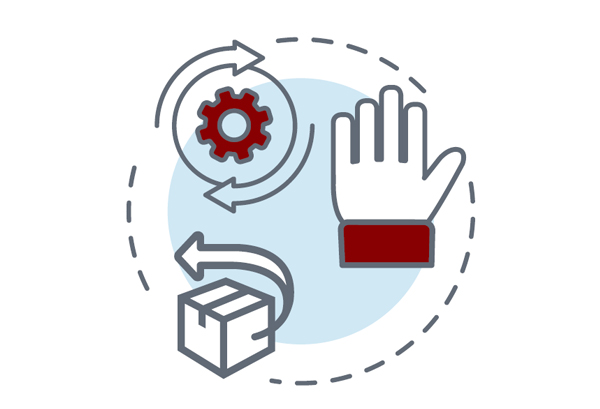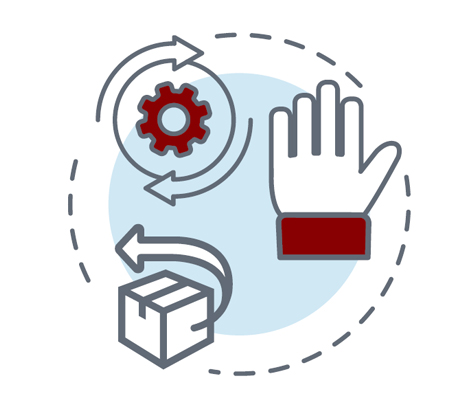Backorder Management

This is Chapter 10 of 13 in our eBook on eCommerce Fulfillment for 3PL Warehouses. See the link below to download the full ebook
One of the most common exceptions that occurs most frequently is a Stock-Out. When an order cannot be fulfilled in its entirety, a decision needs to be made on how to handle the order, and there are many outcomes. Some of these outcomes include:

Short Ship The warehouse is expected to ship what they have, never ship the remainder, close the order.
Short Cancel The warehouse would not ship anything unless the whole order could be fulfilled. If any product is unavailable, the whole order is canceled.
Backorder Partial Ship short what you have now, then create a separate backorder transaction to ship the remaining items at a later date.
Backorder Full The warehouse would not ship anything unless the whole order can be shipped complete. Instead of canceling, the order is put “On Hold” and the warehouse will keep track
of the order and watch for inventory to arrive that allows the system to fulfill the order at a later date.
Shortage scenarios, whether short ship or short cancel, are usually trivial for the warehouse to handle in a normal process flow. It should be negotiated with the client which option they will do in advance and it is expected that the warehouse will communicate these shortage opportunities back to the client. Often times the client will manage the outcome of the shortage on their side and may reissue the order when more stock arrives in the future. Essentially, the client is handling their own backorders in their own order management software.
In traditional pallet in and out warehouses, backorders can be managed with little additional administrative work, so it is often an expected service of the warehouse. In eCommerce Fulfillment, the process of handling backorders is not trivial, and should always be considered a value-added service. The client can always opt to receive short ship notifications from the warehouse and handle the backorders within their own software, so asking the warehouse to handle that backorder process is offloading the requirement from their own software to the warehouse. This premium service comes at a cost and should be baked into any fulfillment contract.
It is also recommended that the warehouse consistently communicates stock balances back to the client to avoid allowing over-ordering of products. For example, an API connection can be made from the shopping cart software to the WMS for real-time inventory balances. Of course, missing or damaged products can always happen, which is why the warehouse will still need to have a procedure for communicating shortages, and the shopping cart may be setup to undersell or oversell based on tolerances and forecasting from the client.
If the warehouse has agreed to handle the backorders from their WMS, there are many parameters that need to be negotiated and will vary greatly from one client or warehouse to the next. Some of these topics include:
- Partial or Full backordering
- Priority of backorders against live orders or other backorders
- Optimizing the commitments of inventory to reduce backorders
- Communicated backorders to the end consumer
- Forecasting backorder fulfillment
- Abandoning a backorder
- Reporting on backorders
- Alerting and handling backorders when product becomes available
Feel free to click here to access the download page for the full eBook or check back as we post regularly.
